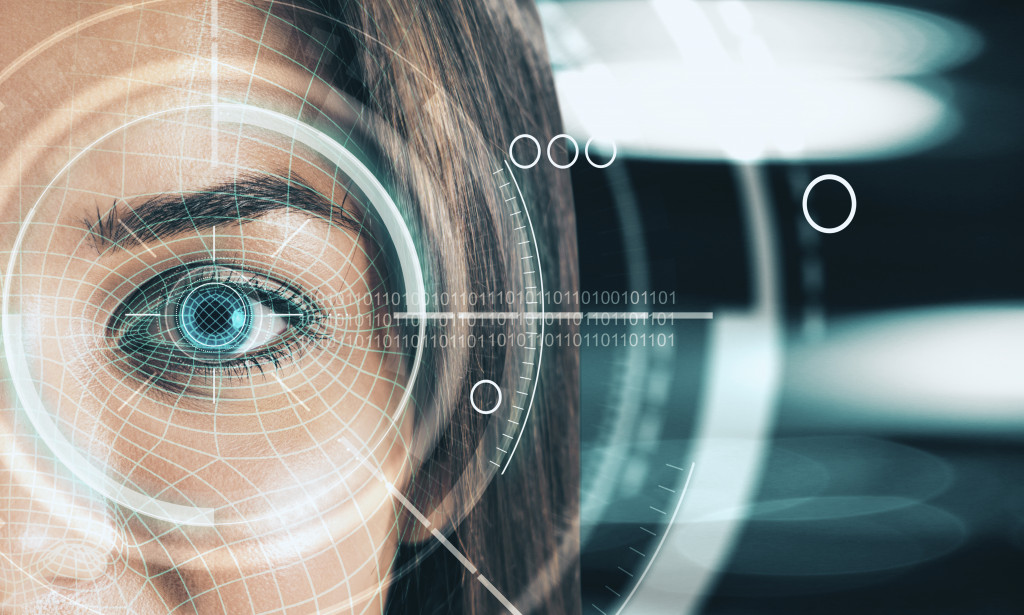As biometric technology advances, an increasing number of businesses are turning to it to verify the identities of their employees. Companies can use fingerprint scans or facial recognition software to ensure that only authorized personnel can access sensitive information or work areas. This has yielded several business benefits, including increased security, improved efficiency, and reduced costs. Here are six ways that biometrics is helping businesses:
1. Enhances Access Control Systems
These systems use unique physical or behavioral characteristics to identify individuals, making them more difficult to spoof than traditional methods like passwords or ID cards. Biometrics can also be more convenient for users, as they don’t have to remember a password or carry a physical token.
There are a variety of different biometric modalities that can be used for access control, including fingerprints, iris scans, and facial recognition. Each has its strengths and weaknesses, so selecting the right one for your particular needs is important. Fingerprints are perhaps the most common biometric modality, thanks to their low cost and high accuracy. Iris scans offer similar accuracy but can be more expensive, while facial recognition is less accurate but often seen as more convenient.
Most businesses usually use biometrics for access control systems along with magnetic locks. Maglocks work on an electromagnetic basis. The system used in these locks creates a strong magnetic field that prevents the door from opening. When authorized personnel use fingerprint or any other biometric for access, the electric power to the magnetic lock is broken. This eliminates the magnetic field, allowing the right person to access the systems.
2. Improves Efficiency
Biometrics are unique physical or behavioral characteristics used to identify an individual. Common examples include fingerprints, iris scans, and facial recognition. One of the main benefits of biometrics is that they are very difficult to forge. This makes them an ideal way to verify someone’s identity, particularly when sensitive information is involved.
Biometrics can also track employee attendance and performance, which can help businesses run more efficiently. In addition, biometrics can help to improve security by deterring fraud and reducing the risk of data breaches.
3. Reduces Costs
Businesses incur many costs in their day-to-day operations, from the cost of goods sold to employee salaries. One way to reduce costs is to implement biometrics into the workplace. Biometrics refers to the use of physical or behavioral characteristics to identify individuals.

In the workplace, biometrics can be used for time and attendance tracking, access control, and security. For example, time and attendance tracking can be automated using biometric systems, eliminating the need for paper time cards or manual data entry. In addition, biometric systems can restrict access to sensitive areas, preventing unauthorized individuals from entering.
4. Improves Customer Service
In today’s business world, customer service is more important than ever. Satisfied customers are the key to a successful business, and businesses must find ways to provide the best possible service. One way to do this is by using biometrics. Biometrics uses biological information, such as fingerprint scanners, to identify people.
This information is unique to each individual and can be used to speed up the process of identifying customers and providing them with the services they need. In addition, biometrics can help businesses to improve security by making it more difficult for criminals to impersonate customers.
5. Enhances Security
Unlike traditional security methods, such as passwords and PINs, biometrics cannot be lost or stolen. In addition, biometrics is much more difficult to forge than other forms of identification. As a result, businesses that implement biometric security measures can deter and detect crime while protecting their employees and customers. In addition to enhancing security, biometrics can also improve efficiency.
For example, by using fingerprint scanners to clock in and out, businesses can eliminate the need for paper time cards. Staff can also be granted access to certain areas based on their biometric data, which can help to streamline workflow and reduce the need for keys or keycards.
6. Helps Prevent Fraud
Fraud is a serious problem for businesses of all sizes. In fact, according to one study conducted by the ACFE, companies lose somewhere around 5% of their revenues to fraud each year. There are many types of fraud, but one of the most common is identity theft. This happens when an adversary uses someone else’s information to use their identity.
One way that businesses can help prevent identity theft is by using biometrics. Biometrics is a technology that uses physical characteristics, such as fingerprints or iris scans, to identify individuals. This type of identification is much more difficult to fake than traditional methods, such as identification cards or passwords.
Overall, biometrics is a helpful tool for businesses in various ways. It can improve customer service, enhance security, and prevent fraud. Implementing biometrics into the workplace can help businesses run more smoothly and efficiently while protecting their employees and customers.

